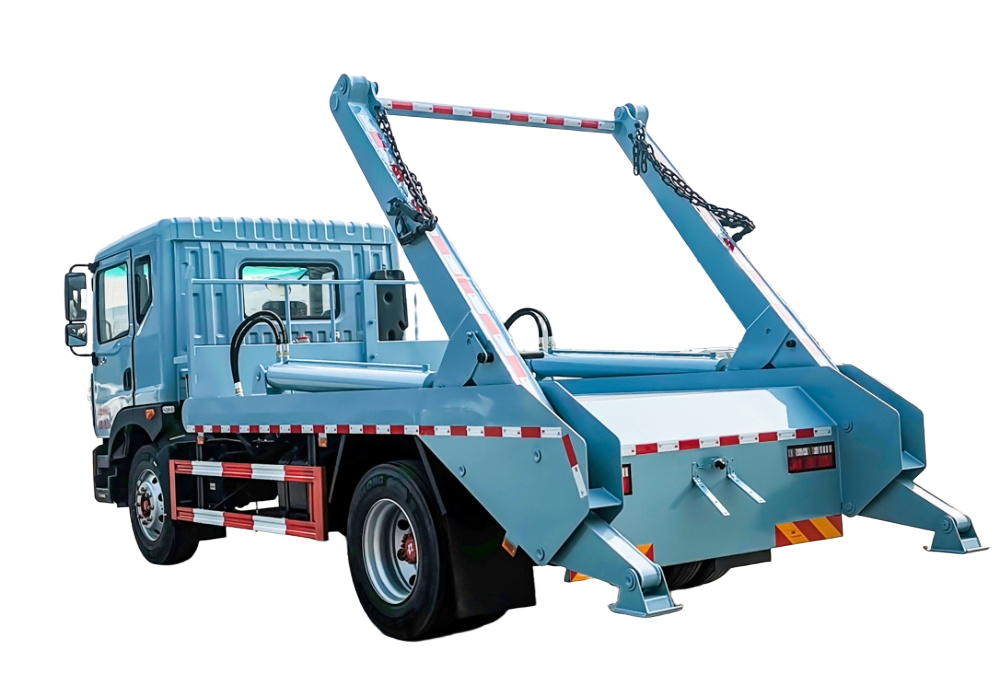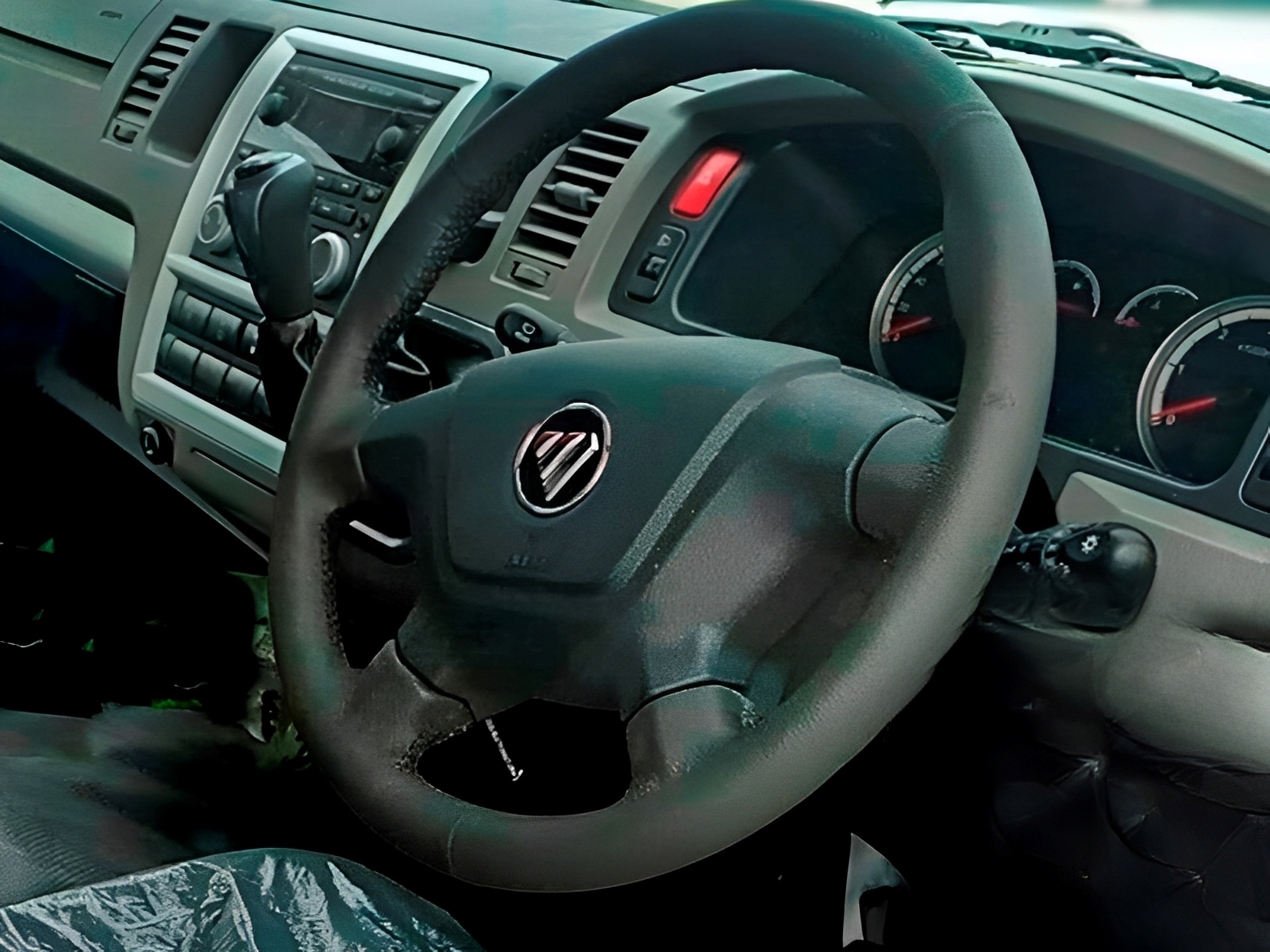Fire Truck vs Rescue Vehicle: How to Choose the Right Emergency Response System
Fire trucks versus rescue vehicles represent critical decisions for emergency services worldwide, yet choosing between specialized configurations demands careful evaluation of 6 decisive factors. This comprehensive comparison analyzes response capability (suppression vs extraction), equipment integration, operational costs, deployment speed, crew requirements, and long-term value proposition.
While both deliver essential emergency services, fire trucks excel in suppression capacity and water delivery systems, whereas rescue vehicles dominate in technical rescue operations and specialized equipment access. We dissect critical trade-offs—from pump capacity performance to equipment storage efficiency—using operational data from 15,000+ emergency vehicles across 60 countries and proven response benchmarks.
Whether prioritizing fire truck’s 3,000 GPM pumping capacity or rescue vehicle’s comprehensive extrication tools, our emergency response guide equips you to select the optimal lifesaving solution. As China’s leading emergency vehicle manufacturer with extensive global deployment, Chengli Group provides uniquely qualified insights into emergency response optimization.
Suppression Capability: Water Delivery vs Technical Rescue
Emergency response effectiveness depends heavily on primary mission capability, equipment specialization, and operational readiness across diverse incident types.
Fire Truck Suppression Advantages
Fire trucks deliver exceptional water and foam suppression capability through high-capacity pumps and large tank systems, typically operating with 2,000-4,000 gallon water capacity and 1,500-3,000 GPM pump ratings.
Water Delivery Performance: Fire trucks excel in continuous water supply through pump-and-roll capabilities, enabling suppression while advancing toward fire sources. Applications include:
- Structure fires requiring sustained water application
- Wildland fires needing mobile suppression capability
- Industrial fires demanding high-volume foam delivery
- Vehicle fires requiring rapid knockdown capability
Foam System Integration: Advanced proportioning systems deliver Class A and Class B foam for enhanced suppression effectiveness, with concentrate capacities ranging from 200-500 gallons enabling extended operation without resupply.
Rescue Vehicle Technical Capabilities
Rescue vehicles prioritize technical rescue operations through specialized tools and equipment configurations optimized for extrication, confined space rescue, and technical operations.
Extrication Excellence: Hydraulic rescue tools generating 10,000+ PSI cutting force enable rapid vehicle extrication and structural collapse rescue. Equipment includes:
- Jaws of life with 32-inch opening capacity
- Reciprocating saws for metal and composite cutting
- Air lifting bags for heavy object stabilization
- Winch systems for complex extraction scenarios
Specialized Tool Integration: Comprehensive tool storage with organized compartments enables rapid deployment of technical rescue equipment including rope rescue systems, confined space entry equipment, and hazmat detection instruments.
Cost Analysis and Resource Allocation
Understanding total cost of ownership helps emergency services make informed equipment decisions balancing capability with budget constraints.
Fire Truck Investment Analysis
Fire trucks typically require higher initial investment reflecting advanced pump systems and water delivery capability:
- Pumper trucks: $400,000-$800,000 depending on specifications
- Aerial platforms: $800,000-$1,200,000 with ladder/platform systems
- Industrial trucks: $600,000-$1,000,000 with foam capabilities
- Airport crash trucks: $1,000,000-$2,000,000 for specialized systems
Rescue Vehicle Cost Structure
Rescue vehicles offer focused capability investment with specialized tool packages:
- Heavy rescue vehicles: $500,000-$900,000 with complete tool complement
- Technical rescue units: $300,000-$600,000 for specialized operations
- Urban search vehicles: $400,000-$700,000 with detection equipment
- Hazmat response units: $350,000-$650,000 including containment systems
Operational Deployment Comparison
Fire Truck Rapid Response Fire trucks excel in immediate suppression capability through integrated pump systems and pre-connected hose lines enabling rapid water application within 60-90 seconds of arrival.
Rescue Vehicle Technical Setup Rescue vehicles prioritize methodical equipment deployment with safety protocols requiring 3-5 minutes for complete tool staging and scene safety establishment.
Maintenance and Training Requirements
Fire Truck Maintenance Focus Pump system maintenance, water tank cleaning, and hose testing require specialized knowledge and equipment. Training emphasis includes:
- Pump operation and hydraulic calculations
- Water supply and relay operations
- Foam proportioning system operation
- Driver/operator certification programs
Rescue Vehicle Technical Training Tool maintenance, hydraulic system service, and equipment calibration demand technical expertise. Training priorities include:
- Extrication technique and tool operation
- Rope rescue and rigging systems
- Confined space entry procedures
- Hazmat detection and response protocols
Decision Framework: Choosing Your Emergency Response Solution
Fire Trucks: Optimal Applications Best suited for departments prioritizing:
- Primary fire suppression capability
- High-volume water delivery requirements
- Foam application for industrial hazards
- Rural areas with limited water supply
Rescue Vehicles: Ideal Scenarios Preferred for operations emphasizing:
- Vehicle accident response
- Technical rescue operations
- Urban search and rescue capability
- Specialized hazmat response
Ultimately, fire trucks excel for departments prioritizing suppression and water delivery, while rescue vehicles serve departments emphasizing technical rescue and specialized operations. Your ideal choice depends on whether suppression capability (fire trucks) or technical rescue expertise (rescue vehicles) aligns with primary response requirements.
Article 2: Diesel vs Electric Special Vehicles: How to Choose the Right Power Solution for Your Fleet
Diesel versus electric powertrains represent fundamental decisions for special vehicle operations, yet selecting optimal propulsion technology demands careful evaluation of 7 critical performance factors. This comprehensive comparison analyzes power output (diesel 300+ HP vs electric instant torque), operational range, refueling infrastructure, maintenance requirements, environmental impact, total cost of ownership, and future technology trends.
While both technologies enable specialized vehicle functions, diesel powertrains excel in range and refueling speed, whereas electric systems dominate in efficiency and environmental performance. We examine decisive trade-offs—from fuel costs ($3.50/gallon vs $0.12/kWh) to maintenance intervals—using performance data from 8,000+ vehicles across diverse applications and climate conditions.
Whether prioritizing diesel’s 500+ mile range or electric’s zero local emissions, our powertrain analysis equips you to select the ideal propulsion solution. As China’s leading special vehicle manufacturer with extensive alternative fuel experience, Chengli Group provides uniquely qualified insights into powertrain optimization.
Power Output and Performance Characteristics
Powertrain selection fundamentally impacts vehicle capability, operational efficiency, and mission effectiveness across diverse working conditions.
Diesel Powertrain Advantages
Diesel engines deliver proven power density and reliability through high-torque output and established technology, typically generating 250-500 HP with 800-1,500 lb-ft torque.
Range and Refueling: Diesel vehicles achieve 400-600 mile operating range with 5-10 minute refueling capability enabling continuous operation across extended territories. Applications include:
- Long-haul emergency response operations
- Rural service territories with limited infrastructure
- Extended operation without refueling access
- Heavy-duty applications requiring sustained power
Cold Weather Performance: Diesel systems maintain performance in extreme temperatures with auxiliary heating systems and proven cold-start capability down to -40°F operation.
Electric Powertrain Innovation
Electric powertrains provide instant torque delivery and precise speed control through advanced motor technology achieving 95%+ efficiency ratings.
Torque Delivery: Electric motors generate maximum torque from zero RPM enabling superior acceleration and precise low-speed maneuvering. Benefits include:
- Immediate response for emergency acceleration
- Precise positioning for aerial platform operations
- Silent operation for noise-sensitive environments
- Reduced vibration improving operator comfort
Efficiency Performance: Electric systems convert 90-95% of stored energy to motion compared to diesel’s 35-40% efficiency, resulting in significantly lower operating costs per mile.
Environmental Impact and Sustainability
Diesel Environmental Considerations Modern diesel engines meet EPA Tier 4 emissions standards through advanced aftertreatment systems including selective catalytic reduction (SCR) and diesel particulate filters (DPF).
Local Emissions: Diesel vehicles produce nitrogen oxides (NOx), particulate matter, and carbon dioxide requiring compliance with increasingly stringent regulations.
Electric Environmental Benefits Electric vehicles produce zero local emissions improving air quality in urban environments and enclosed spaces.
Lifecycle Analysis: Electric vehicles demonstrate 60-70% lower carbon footprint when charged from renewable energy sources, with continuing improvement as grid electricity becomes cleaner.
Total Cost of Ownership Analysis
Diesel Operating Costs
- Fuel costs: $0.18-$0.25 per mile depending on efficiency
- Maintenance: $0.12-$0.18 per mile including oil changes and filter replacement
- Annual service: $3,000-$6,000 for comprehensive maintenance
Electric Operating Costs
- Electricity costs: $0.04-$0.08 per mile based on local utility rates
- Maintenance: $0.03-$0.06 per mile with minimal service requirements
- Annual service: $800-$1,500 for battery and system inspection
Infrastructure Investment Diesel operations utilize existing fuel infrastructure while electric deployment requires charging station installation ranging from $5,000-$50,000 depending on power level and installation complexity.
Operational Range and Charging Considerations
Diesel Range Advantages Diesel vehicles provide 400-600 mile range with established refueling infrastructure enabling rapid turnaround and extended operation.
Electric Range Evolution Modern electric special vehicles achieve 150-300 mile range with overnight charging capability. Charging options include:
- Level 2 charging: 6-8 hours for complete recharge
- DC fast charging: 30-60 minutes for 80% capacity
- Opportunity charging: Top-off during breaks and standby periods
Climate Performance Comparison
Diesel All-Weather Operation Diesel systems operate reliably across temperature extremes from -40°F to 120°F with auxiliary heating systems maintaining cab comfort and hydraulic fluid temperature.
Electric Climate Challenges Electric vehicles experience 20-40% range reduction in extreme cold due to battery chemistry and heating requirements, though thermal management systems minimize impact.
Maintenance Requirements and Complexity
Diesel Maintenance Intensity Diesel powertrains require regular oil changes, filter replacement, and emission system service with scheduled maintenance every 10,000-15,000 miles.
Electric Maintenance Simplicity Electric powertrains eliminate oil changes, filter replacement, and emission system service with primary maintenance focused on brake inspection and tire rotation.
Future Technology Trends
Diesel Technology Evolution Advanced diesel systems incorporate hybrid assistance, improved efficiency, and renewable diesel fuel compatibility achieving 40-45% thermal efficiency.
Electric Technology Advancement Battery technology improvements deliver increasing energy density, faster charging, and extended lifespan with solid-state batteries promising 500+ mile range by 2030.
Decision Framework: Choosing Your Optimal Powertrain
Diesel Powertrains: Ideal Applications Best suited for operations prioritizing:
- Extended range requirements (400+ miles)
- Rural territories with limited charging infrastructure
- Cold climate operations below 0°F
- Heavy-duty applications requiring sustained power
Electric Powertrains: Optimal Scenarios Preferred for operations emphasizing:
- Urban operations with return-to-base capability
- Environmental compliance and sustainability goals
- Low noise requirements for residential areas
- Operations with predictable routes and charging access
Ultimately, diesel powertrains excel for extended range and extreme duty applications, while electric systems serve urban operations prioritizing efficiency and environmental performance. Your ideal choice depends on whether range capability (diesel) or environmental performance (electric) aligns with operational priorities.






